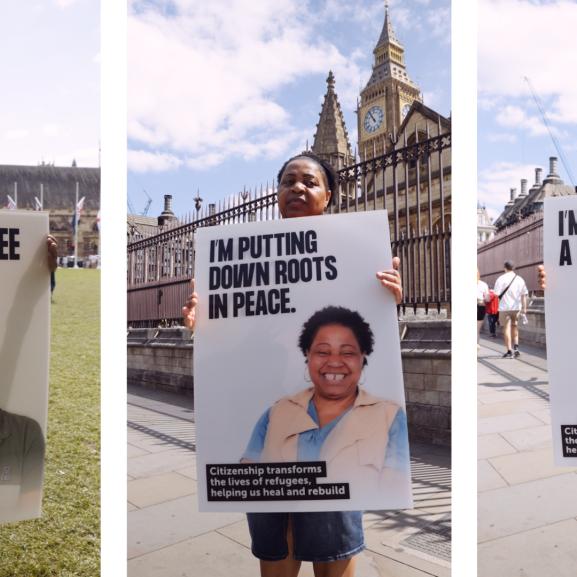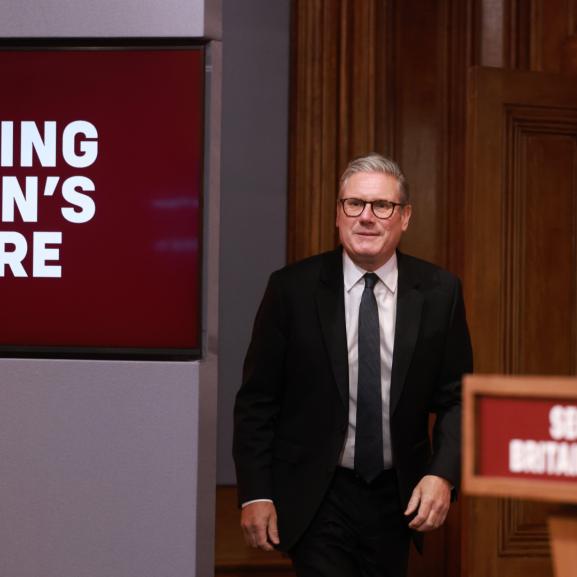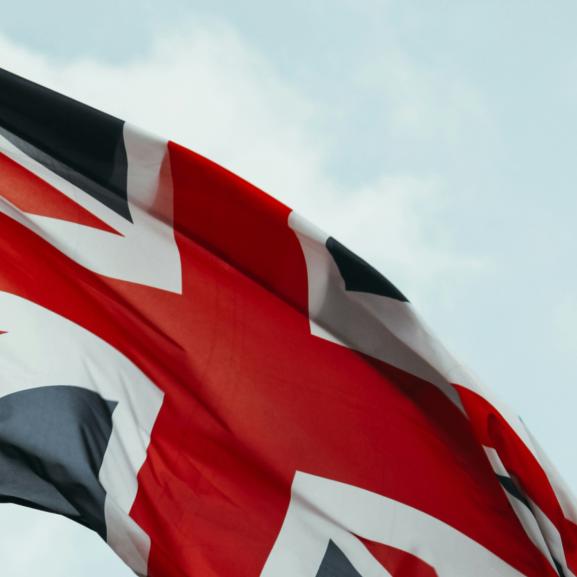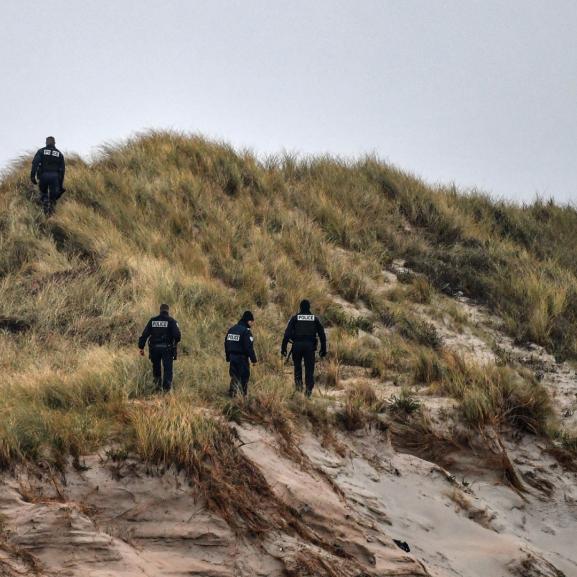Home Office Action Follows Freedom from Torture Report
The Home Office is to install closed circuit television cameras in the back of vans carrying failed asylum seekers to and from airports following evidence from the Medical Foundation for the Care of Victims of Torture of excessive force used against detainees by security staff.
Medical Foundation doctors found "excessive or gratuitous force" was used during the attempted removal of 12 out of 14 cases examined over a 15 week period earlier this year. All the detainees were either of African or Caribbean extraction.
In a report published last month entitled 'Harm on Removal: Excessive Force Against Failed Asylum Seekers'*, the Medical Foundation said medical evidence supported accounts by detainees of being held in restrictive positions with chest and/or neck compression, as well as suffering punches directed at the head and face, and kicks to the abdomen, chest and face. Also of concern was the misuse of handcuffs which in a third of cases resulted in nerve damage that could persist for months or years.
One of the report's recommendations was the installation of CCTV in the back of vans. Others included an automatic medical examination of asylum seekers after a failed removal attempt, a full review of authorised restraint techniques, particularly those that could endanger life, and proper training in the use of handcuffs.
Last week the Home Office's Immigration and Nationality Directorate (IND) awarded new contracts to escort services based on a revised set of criteria, which included the provision of CCTV cover in the rear of all escort vehicles.
The IND told the Medical Foundation this week that the purpose of the cameras was "to provide reassurance on escorting, ensure safety and welfare of detainees, and protect escorting officers from potential allegations of improper treatment."
Incidents recorded by the Medical Foundation took place after the failed asylum seekers had resisted deportation efforts, either at the airport, or in the plane itself. Report co-author Dr Charlotte Granville-Chapman said: "The data was analysed with the understanding that some degree of force or restraint will almost inevitably be used during some removal attempts.
"But any recourse to force should be limited to that which is strictly necessary under the circumstances, and which is consistent with principles of proportionality, safety and dignity. Analysis of the cases suggests that excessive or gratuitous force was used during the removal attempt of 12 out of the 14 individuals examined.
"In a number of cases this was out of sight of witnesses inside security company vehicles when the asylum seeker was being taken back to the detention centre. Injuries sustained included nerve damage, possible fracture or soft tissue injury to the base of the thumb, facial bone tenderness, tenderness over the larynx, and laceration of the scalp.
"Symptoms complained of included loss of consciousness, bleeding from nose and mouth, and difficulty passing urine.
"Apart from physical abuse, verbal abuse was also reported. Some of the described language might be seen to be a consequence of the difficult circumstances surrounding removal attempts (for example, ‘shut your mouth'), but more disturbing verbal abuse including that of a racial nature was also alleged, which clearly cannot be justified.
"The installation of the cameras will be an improvement, but we would like to see all our other recommendations implemented as well."
The IND says vehicles will be fitted with cameras by April next year.
*Harm on Removal: Excessive Force Against Failed Asylum Seekers by Dr Charlotte Granville-Chapman, Ellie Smith and Neil Moloney.





